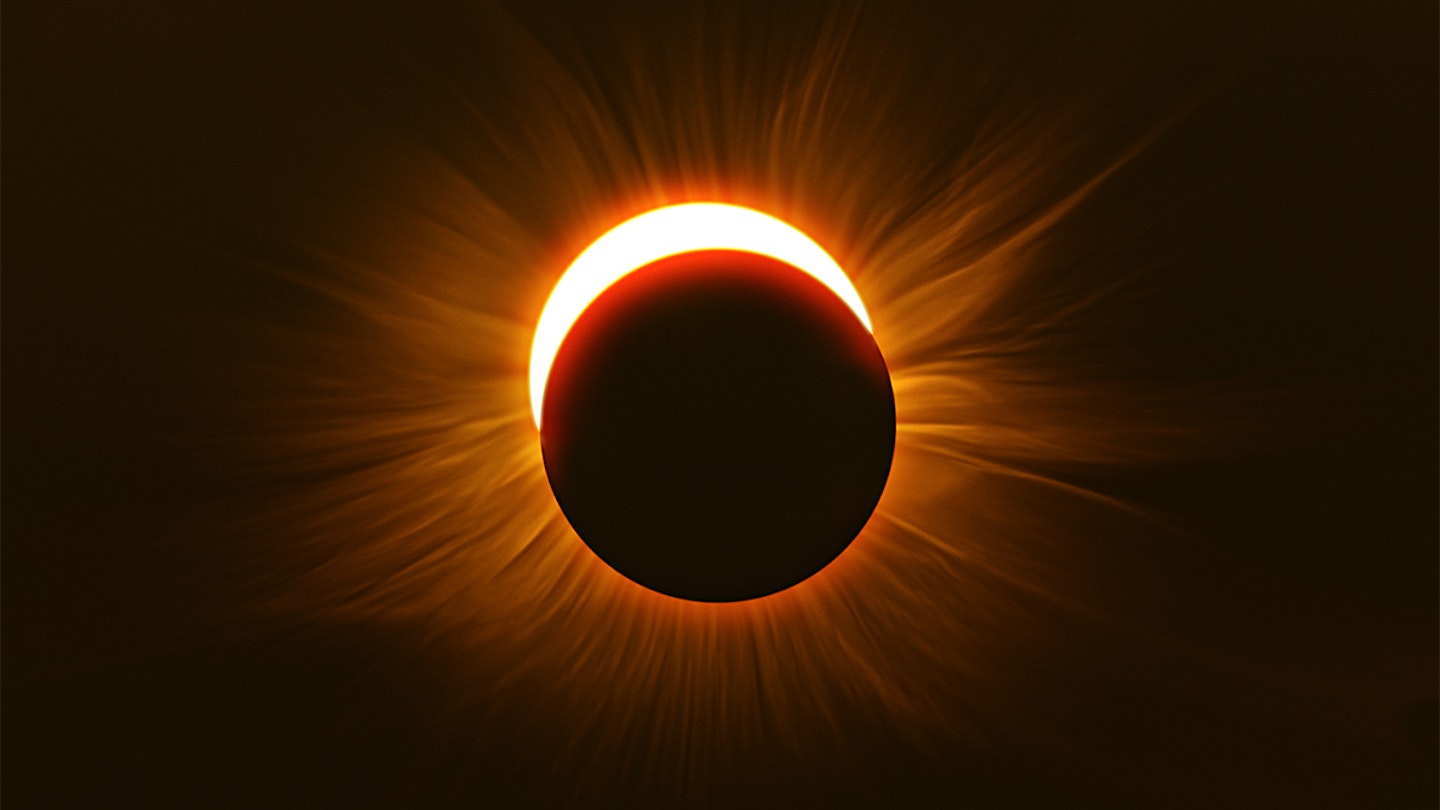Sometimes it's easy to forget we're on a ball floating around in space, but when we get the chance to see an eclipse, it can remind us just how fascinating our solar system is.
If you're a fan of stargazing, you've probably already got the next eclipse in your diary, but if you want to learn more about when and how you can see this spectacle, we've rounded up everything you need to know to see the next eclipse for yourself.
When will the next eclipse be?
The eclipse will take place for us in the UK Thursday morning (June 10, 2021). It will likely start to become visible at 10.08am with the maximum eclipse occurring at 11.13am and ending at 12.22pm.
What will be happening?
This partial solar eclipse will happen as the moon passes between the earth and the sun. Many of us will be able to see almost a third of the sun being blocked out by the moon in what is known as an annular eclipse.
These only occur every one or two years, and happen when the sun and the moon are exactly in line with our earth. The moon appears as though it is smaller than the sun, causing the sun to appear as a very bright ring, or annulus, which gets it the name the "ring of fire".
Where will I be able to see it?
Your view of the eclipse will change depending on where you are in the world. For us here in the UK, we'll see a a crescent sun instead of a ring.
The 'ring of fire' will only be visible from Russia, Greenland and northern Canada.
If you're struggling to see it from your home, The Royal Observatory Greenwich will be live-streaming the eclipse on its website and YouTube channel where their expert astronomy team will be on hand to help explain the science of solar eclipses and answer all your space questions.
Warning: Remember you should never look directly at the Sun. This can cause serious eye damage or even blindness. Sunglasses or 3D glasses will not protect your eyes.
According to The Royal Observatory Greenwich, the safest and cheapest way to view the event is by pinhole projection. This is extremely safe as there is no need to look directly at the Sun and the display can be shared by a few people together.
How to make a pinhole projector
- Make a hole in a piece of card.
- Hold the card up to the Sun, and hold a piece of paper behind the card.
- See the shape of the Sun projected onto the paper - a small version of the event!
